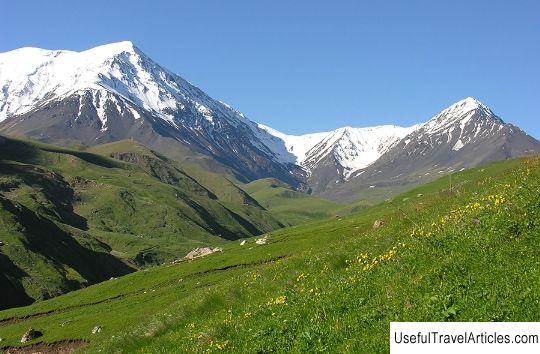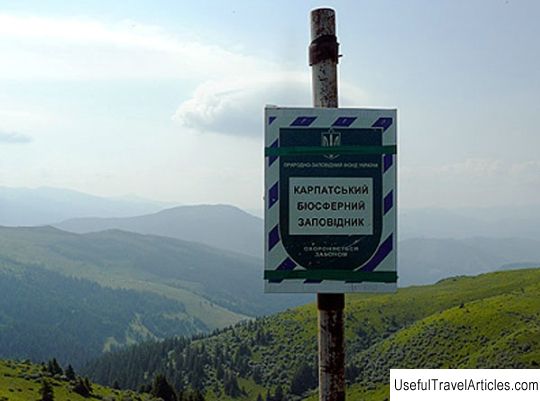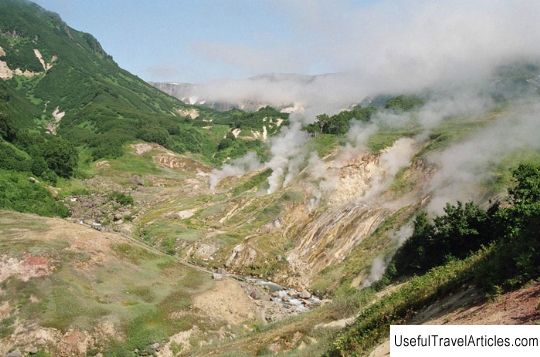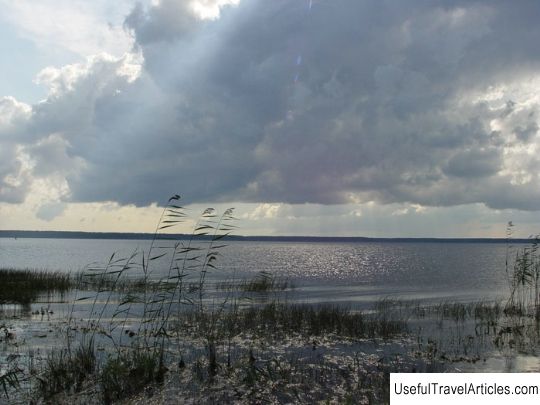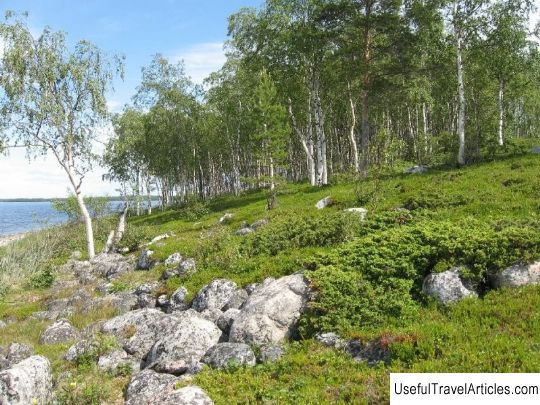Lapland Biosphere Reserve description and photos - Russia - North-West: Murmansk Oblast
Rating: 8,5/10 (986 votes) 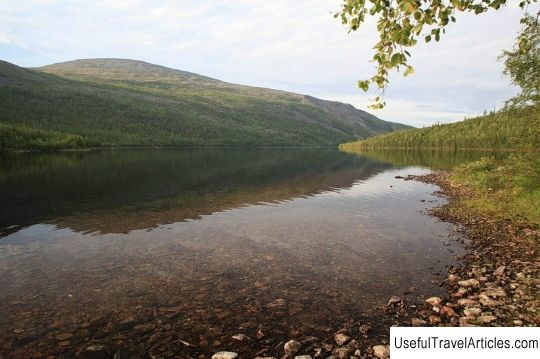
Lapland Biosphere Reserve description and photos - Russia - Northwest: Murmansk Oblast. Detailed information about the attraction. Description, photos and a map showing the nearest significant objects. Photo and descriptionLapland State Biosphere Nature Reserve is a well-known reserve located in the Murmansk region. Its territory is one of the most protected natural areas in all of Europe. The total area of the reserve is 278,435 hectares, including 8574 hectares of water. The most important and valuable part of the reserve is wild and untouched by man nature, which is in its natural pristine state. The Lapland Murmansk reserve, which has federal protection, was created in 1930, and in 1985 it was included to the World System of Biosphere Reserves. It should be noted that the reserve is not only a nature conservation, but also an environmental education and research center with the goal of: to preserve and study in detail the natural course of natural phenomena and processes, the genetic heritage of the animal and plant world, individual communities and species of animals and plants, unique or typical ecological systems, as well as to convey to the population important information related to environmental education. The relief of the protected area is rugged, hilly and mountainous. The largest part of the territory is covered with mountain tundra and includes five separate mountain ranges with different heights: from 600 to 1114 meters. For vertical forms of relief, the coherence of the outlines is especially characteristic, due to the antiquity of the mountain system. The watershed of the Barents and White Seas runs throughout the Lapland reserve. All protected water bodies are subdivided into eight lake-river systems. In all lakes and rivers, the water is surprisingly clean, soft and transparent, which indicates the complete absence of limestone and indicates a weak chemical weathering. In the territorial zone of the reserve there are a considerable number of lakes and rivers that drain into the famous Imandra Lake. In total, there are 168 lakes, the total length of the banks of which is 370 km, 63 streams and rivers with a length of about 718 km. One of the most important parts of the Murmansk reserve is old-growth forests, which occupy 52% of the entire territory. The age of individual woodlands ranges from three to ten thousand years. It is interesting that throughout their history, absolutely no forces, with the exception of natural ones, interfered in their development. Some trees are up to 600 years old, with a trunk diameter of 70 cm and a height of 30 meters. According to the latest data, conifers mostly grow in the reserve: Siberian spruce and Friza pine. In addition, there are 575 species of lichens, 603 species of vascular plants, 370 species of mosses and 273 species of a wide variety of fungi. As for the vascular plants, five of their species are listed in the Red Book of Russia: the lacustrine mushroom, the bulbous calypso, the alpine woodsia, the cinnabar-red cotoneaster and the Traushteiner's finger-root plant. The Lapland Nature Reserve is home to more than 31 species of mammals, including wild reindeer, wolf, brown bear, fox, weasel, wolverine, American mink, European beaver, squirrel, white hare, forest lemming and many other representatives of the animal world. Birds constantly live and nest in the reserve, there are about 198 species. Five species of chickens have become especially characteristic of this region: black grouse, capercaillie, hazel grouse, tundra and ptarmigan, as well as five species of birds of prey listed in the Red Book: white-tailed eagle, golden eagle, peregrine falcon and gyrfalcon, osprey. The rather harsh natural conditions of the reserve allow only twenty species of birds to winter, and 22 species are able to withstand the winter only in the presence of constant food. A characteristic feature of the Lapland reserve is the presence of the estate of Father Frost, which is located on the shore of a small lake Chuna. In this place you can meet absolutely any animal that lives in this area, and the welcoming Grandfather Frost will welcome everyone who wants to visit his winter tower, which has a fabulously beautiful design.         We also recommend reading Safari in Zimbabwe description and photos - Zimbabwe Topic: Lapland Biosphere Reserve description and photos - Russia - North-West: Murmansk Oblast. |
